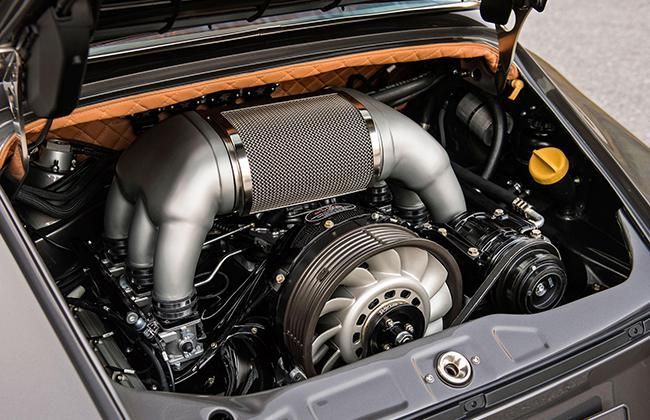Technology Decoded: Power Brake
Modified On Mar 07, 2016 04:52 PM By Sahib
- Write a comment

In order to minimize the required pedal effort applied by the driver while braking, assistance is provided for brake input force. It enhances the output and efficiency of braking system. Power brake system is generally of two types: Vacuum Assisted & Air assisted.
Background/Development:
- In 1927, Albert Dewandre invented first ever servo-brake or brake booster system “Dewandre”.
- The 1928 Pierce-Arrow was the first production car to come with a vacuum-operated power booster for brakes.
Technology Explained:
Vacuum assisted system:
1. In Vacuum assisted system, auxiliary (booster) equipment is installed in hydraulic brake system to increase the braking force applied by the driver by using the pressure difference between vacuum and atmospheric pressure.
2. Servo mechanism which is fitted to the braking system is shown in the figure below.

3. In this mechanism, there is servo cylinder that contains a flexible diaphragm. When the brake is not applied, there is a vacuum on both the sides of the diaphragm but when the brake is applied, the atmospheric pressure is admitted to one end with opening of a special valve provided, while the other end continues to remain at vacuum. This difference in the pressures on the two sides of diaphragm is used to multiply the braking force that is transmitted further to master cylinder.
4. The amount of assistance provided by the servo mechanism increases with the physical force used on the pedal. Mostly Servo use the partial vacuum in the inlet manifold, while a few servos may have a separate vacuum pump.
Air assisted system (Pneumatic):
1. This type of system is deployed in heavy vehicles like buses and trucks. This system uses an air compressor driven by vehicle engine (or gearbox). It supplies air under pressure (about 7 bar) to the reservoir tank for storage.
2. Each wheel is fitted with a brake chamber that consists of a flexible diaphragm. This chamber is supplied with compressed air at one end of diaphragm whenever the driver applies brake. In this way, required braking force could be obtained with a little brake pedal effort using the pressure difference atmospheric pressure and compressed air.

3. The force generated by this pressure difference is transmitted further to drum brakes and air disc brake, which actually stops vehicle with a great effect.
Brake Valve: Brake pedal operates this valve. It sends compressed air to relay valve (air master), which further controls the flow of compressed air from tank to brake chamber.
Watch this video for better understanding of Power Assisted Brake:
Also Read: Technology Decoded: Hydraulic Brake System










